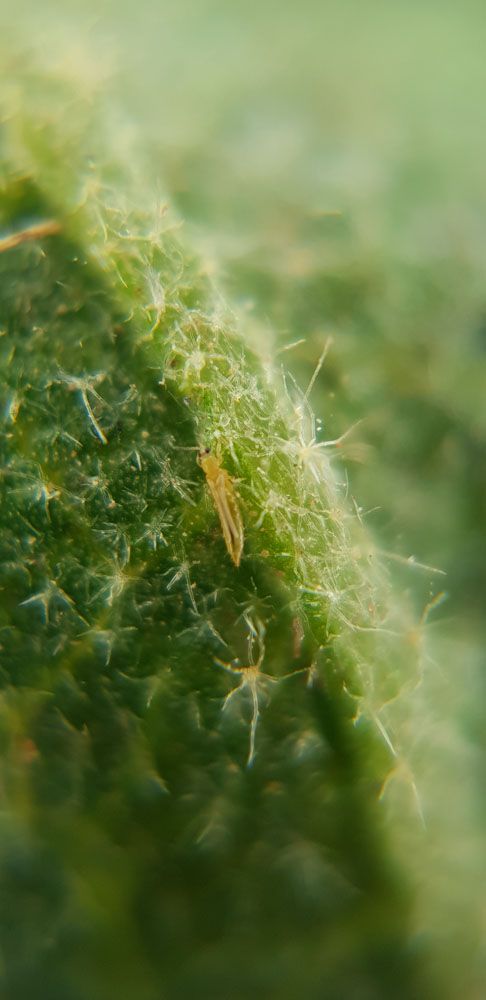
Melon Thrips – Thrips palmi
Melon Thrips (Thrips palmi)
Common Name: Melon Thrips
Latin Name: Thrips palmi
Appearance:
Eggs:
Eggs are difficult to observe due to their small size and placement in leaf tissue.
Pupae:
Like nymphs, but quiescent and with growing wing pads.
Nymphs:
They look like adults but are smaller and lack wings.
Adults:
- A tiny bug was measuring up to 1.5mm in length.
- Cigar-shaped.
- Pale yellow-green to orange in color.
